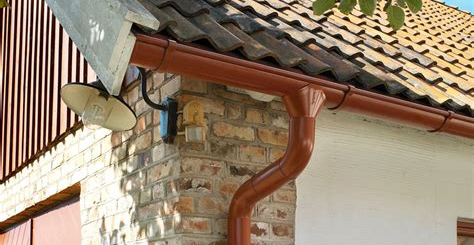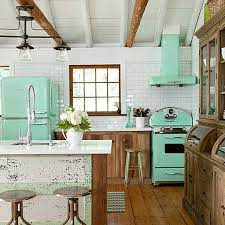An Introduction to Fabric Architecture
Fabric structures are an innovative and versatile way to draw attention to a property, entrance or area, while also serving a practical purpose. Structures constructed from fabric are very different to those created using more traditional building materials. As they are so lightweight, they provide unique possibilities and versatility when compared with many other structures. Allowing architects to create innovative, dynamic and 3D structures, fabric architecture is becoming increasingly popular in a wide range of applications. Tensile fabric structures are a frequent sight outside public or commercial buildings, at sports grounds and at open air events. From small, standalone structures designed to provide shelter, to large, intricate canopies that serve as a focal point over a building entrance, fabric architecture is both versatile and dynamic.
Versatility and Flexibility
As well as being used to construct structurally strong and visually appealing canopies or shelters, fabric architecture is often used to create impressive sculptures. The freedom offered by using fabric means that new and exciting shapes are possible, and that even functional structures can look dynamic and dramatic. Eye-catching sculptures created from fabric can be made in a wide range of designs in order to complement a range of corporate styles.
Advantages of Fabric Architecture
Much fabric architecture uses sturdy guy ropes in its construction, similar to those which are traditionally used in tent-like structures. This allows for the creation of weird and wonderful shapes that would not otherwise be possible. One of the main advantages of incorporating fabric architecture into a building or its grounds is that a relatively small number of components are involved when compared to using more traditional building materials. This gives architects and designers a great deal of freedom and allows them to bring otherwise impossible ideas to life.
A number of materials are used in fabric architecture, depending on whether the structure is temporary or permanent, and what purpose it serves. Many of the materials used have a long life and are able to withstand high levels of moisture or chemicals, meaning they won’t show signs of ageing for many years, or even decades.
Fabric architecture is often used to dramatic effect to create visually impressive entrance canopies. As well as performing on a practical level, such as providing shade and shelter for visitors, fabric structures can create an eye-catching and innovative focal point.









